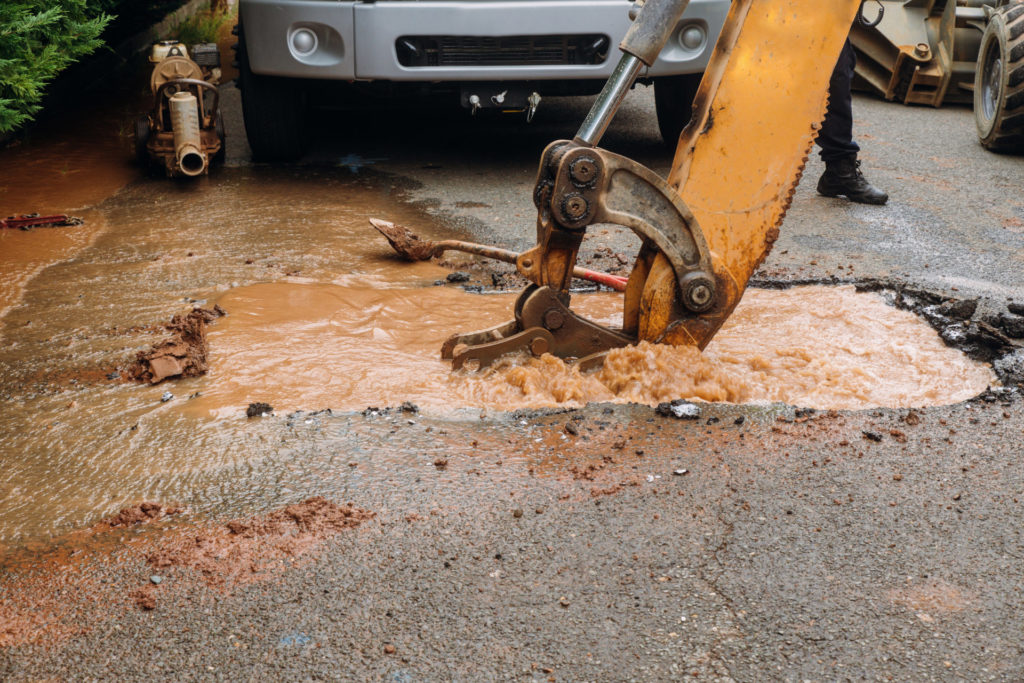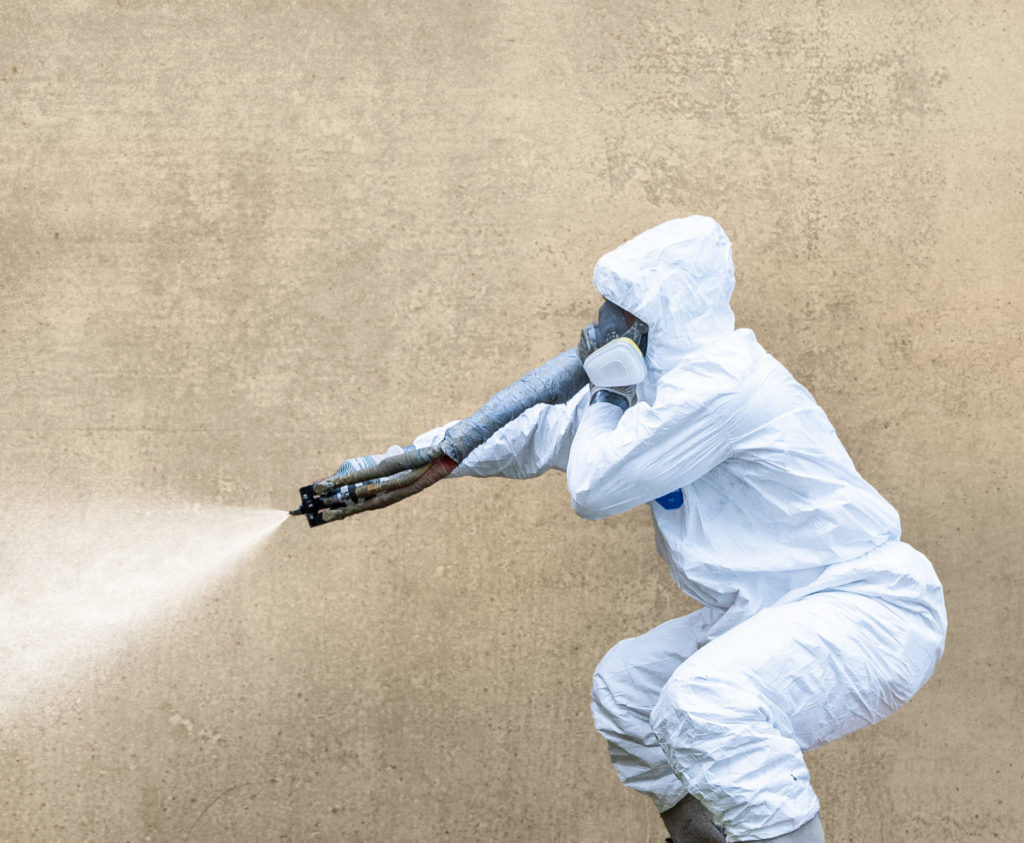8 Steps Municipalities Should Take When Sewer Pipes Bursts

Maintaining a functioning sewer system is critical for municipalities today. When sewer pipes burst, they have the potential to cause significant damage to infrastructure and property. They can also lead to environmental contamination and health hazards.
If you’re currently facing this dilemma in any capacity, here are 10 steps you should take to prepare for a burst sewer pipe.
Notify the relevant authorities immediately
The Environmental Protection Agency conducts research, develops and enforces environmental regulations, and actively protects people and the environment from significant health risks. They face a unique challenge when sewer pipes burst.
Not only do they have to deal with the immediate public health and safety concerns, they also have to find a way to fix the problem as quickly and efficiently as possible. You can begin by notifying them of the burst pipe.
Assess the damage
When evaluating pipe systems, municipal plumbing services generally use video inspection technology to determine the source of the problems.
This technology can help municipalities assess the damage and identify the best course of action for repair.
Determine if the entire system is affected
In most cases, municipalities will be responsible for repairing the damage caused by the burst pipe.
For example, if the damage is due to corrosion, municipalities may have to replace the entire pipe.
In other cases, municipalities may only be responsible for repairing the section of pipe that is damaged.
Once the municipality has determined the extent of the damage, they can begin to develop a plan for repair.
Develop a plan for repair
There are two main options for repairing sewer pipes: trenchless pipe repair and traditional dig.
If the damage happens to be isolated to a particular section of pipe, municipalities may be able to repair the damage using trenchless pipe repair methods!
Determine if trenchless pipe repair is an option
Conventional municipal plumbing repairs leave much to be desired. Digging out municipal sewer lines and performing manual repairs can disrupt transit for days, and even put the public at risk for underground gas, asbestos or mold exposure.
Fortunately, these impractical sewer repair processes are becoming a thing of the past, with modern innovations in cured-in-place lining known as trenchless technology.
Trenchless pipe repair is a minimally-invasive method of repairing pipes that has many advantages over traditional methods. Most notably, it’s less disruptive, and causes less damage to surrounding property
Inform local residents about the repair process
Municipalities should provide as much information to the public as possible about what to expect during the repair process.
This will help minimize any disruptions and allow everyone to plan accordingly.
This is where trenchless pipe repair really starts to show its benefits. It is a highly effective way to fix sewer pipes, and municipalities can certainly save time and money by investing in this technology.
Bid Out the Project to Multiple Contractors
Once a municipality has decided to hire a contractor for manhole rehabilitation, they should bid out the project to multiple contractors This will ensure that they get the best possible price for the job.
It is important to remember that when it comes to sewer pipe repairs, municipalities need to be proactive in order to avoid costly repairs down the road, so be sure to look for a contractor decisively!
Hire a Contractor for Manhole Rehabilitation Repairs

When it comes to repairing sewer pipes, municipalities need to hire a contractor that specializes in manhole rehabilitation.
There are many companies that offer this service, and municipalities can save time and money by hiring a reputable contractor.
Manhole rehabilitation is a critical part of repairing sewer pipes, and municipalities need to make sure that the job is done efficiently and accurately to avoid major economic loss.
SprayWall®: Look For the Best Product in the Market
SprayWall® developed testing and application standards for spray-applied pipe liners in DOT markets across the U.S. What does this mean for underground infrastructure repair operations?
Increased confidence for everyone involved.
Infrastructure contractors can have the confidence of knowing they have an industry-defining product that’s backed by peer-reviewed scientific studies and decades of results. Meanwhile, civil engineers and asset managers can trust the products that the contractors bring to the job, knowing they’re proven both in the field and in the lab.
Underground infrastructure is vital to our society, so it’s important that we keep it protected. Trenchless repair methods are proving to be a superior solution when applicable, as they save communities time and money through long-lasting solutions and minimal disruptions.
Our SprayWall® Polyurethane Lining System is especially effective at not just sealing damaged underground pipes and structures, but actually increasing their structural integrity. It is minimally invasive and saves engineers, contractors, and communities loads of time and money.
Have questions about SprayWall® or want to learn more about becoming a Sprayroq™ Certified Partner? Contact us, and let’s work together to keep underground infrastructure protected for decades to come.

